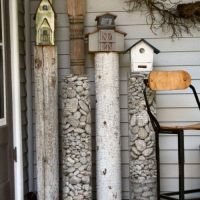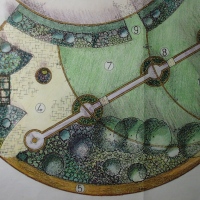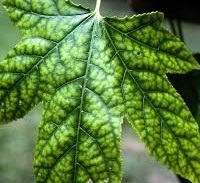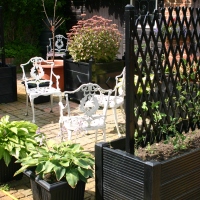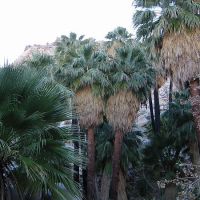 As you might guess there aren’t that many plants beginning with ‘X’, but Xerochrysum is an interesting genus of around 6 or 7 species of short- lived perennials and annuals which are native to open grassland and scrub in Australia.
As you might guess there aren’t that many plants beginning with ‘X’, but Xerochrysum is an interesting genus of around 6 or 7 species of short- lived perennials and annuals which are native to open grassland and scrub in Australia.
The stemless lance – like leaves are hairy. The flowers are dasiy like with papery white, yellow or pink bracts and a central disc of, often, yellow florets. The perennials can be used to fill in gaps in herbaceous borders and low – growing cultivars are suitable as edging or for containers.
The name Xerochrysum comes from Greek xeros meaning “dry” and chrysos meaning “gold” (this refers to the common yellow papery bracts that occur within the genus).
X. bracteatum is often grown for its cut and dried flowers and it self seeds freely. Also known as the “Golden Everlasting”, this is one of the best known of the “paper daisies” as it is a very widespread species occurring in both annual and perennial forms. It varies in habit from prostrate to a shrubby plant of about 1m in height. The leaves are usually large (up to 100mm long) and green to grey-green in colour. The individual flowers are very small but are formed into a large cluster surrounded by large papery bracts. The overall appearance is that of a large, single “flower” with the bracts as the “petals”. However, well over a hundred true flowers occur inside the ring of bracts.
The ‘golden everlasting’ has been cultivated for many years and a number of forms have been selected for cultivation. These include several which have resulted from both chance and deliberate hybridisation. Some examples are:
“Diamond Head” – perennial; green foliage, 0.2m x 0.5m. Yellow flowers
“Dargan Hill Monarch” – perennial; grey leaves, 0.8m x 1m. Yellow flowers
“Cockatoo” – perennial; similar to “Dargan Hill Monarch”, pale yellow bracts around a head of small orange flowers
“Princess of Wales” – perennial; similar to “Dargan Hill Monarch” but more compact (0.6m x 0.6m). Yellow flowers
“Kimberley Sunset” – perennial; grey leaves, 0.8m x 1m. Pink flowers











